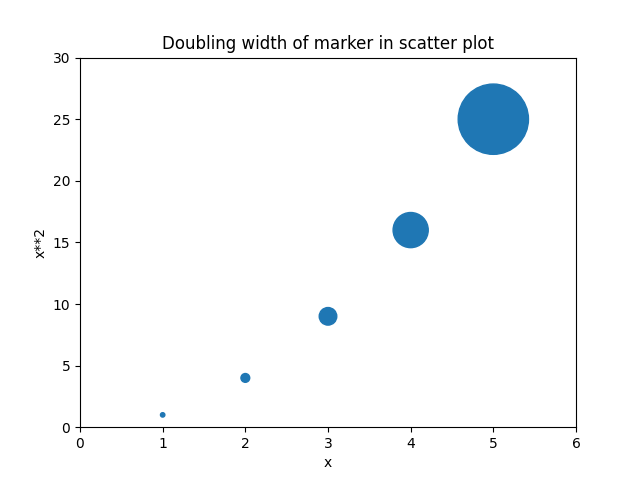
It may feel like we’ve been setting values arbitrarily. Understanding what the marker size represents simplifies a lot of the understanding behind it. Using a function to set the marker size of points in Matplotlib What is the Marker Size in Matplotlib?

Plt.title('Changing Marker Sizes Based on Another Value - datagy.io') # Adding another variable to control size We’ll add another array of values that will control the size: # Controlling the size of markers with another variable Because the s= parameter also accepts an array of values, we can simply pass in that array. Let’s say we had another dimension to our data, we can use the values in that dimension to control the size. In this section, we’ll look at using another set of values to set the size of matplotlib scatterplot markers. Changing the Marker Size for Individual Points in Matplotlib Scatterplots Based on Other Data In order to get a marker that is, say, size 10, we need to pass in the square of that. The s parameter is defined as the marker size in points ** 2, meaning that the value passed in is squared. To understand what the s= parameter controls, we need to take a look at the documentation. Plt.title('Changing Marker Sizes for All Points - datagy.io')Ĭhanging the marker size for all markers in Matplotlib Let’s see how we can change the size for all markers using the s= parameter: # Changing the size for all markers in Matplotlib

Changing the Marker Size for All Points in Matplotlib Scatterplots
MATPLOTLIB SCATTER MARKER SIZE CONSTANT HOW TO
In the next section, you’ll learn how to change the marker size for all points in a Matplotlib scatterplot. Creating a simple scatterplot in Matplotlib


 0 kommentar(er)
0 kommentar(er)
